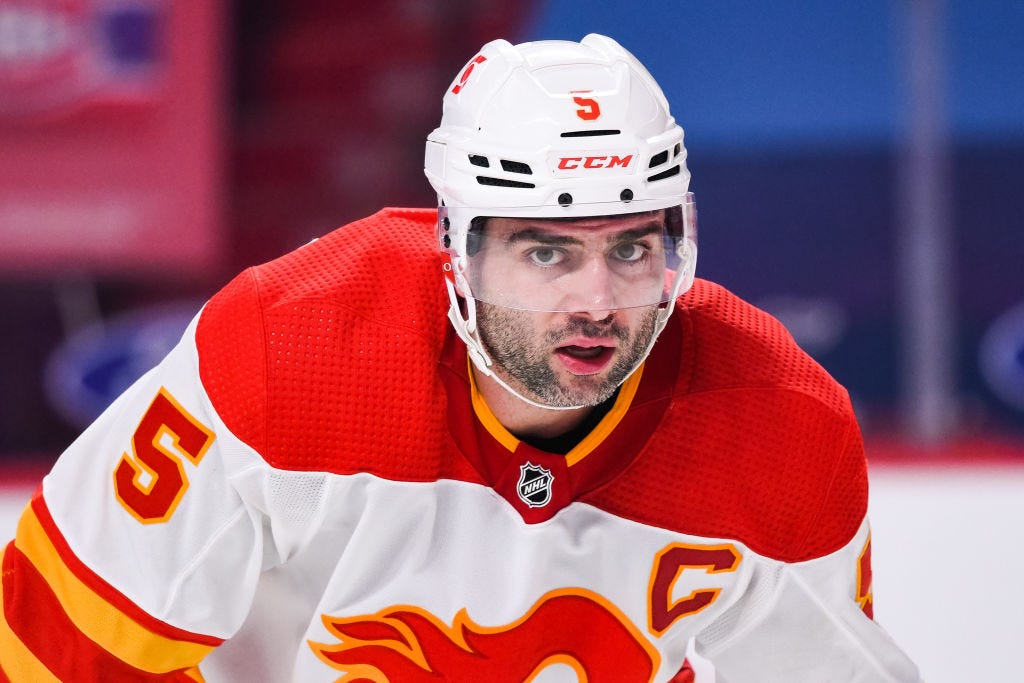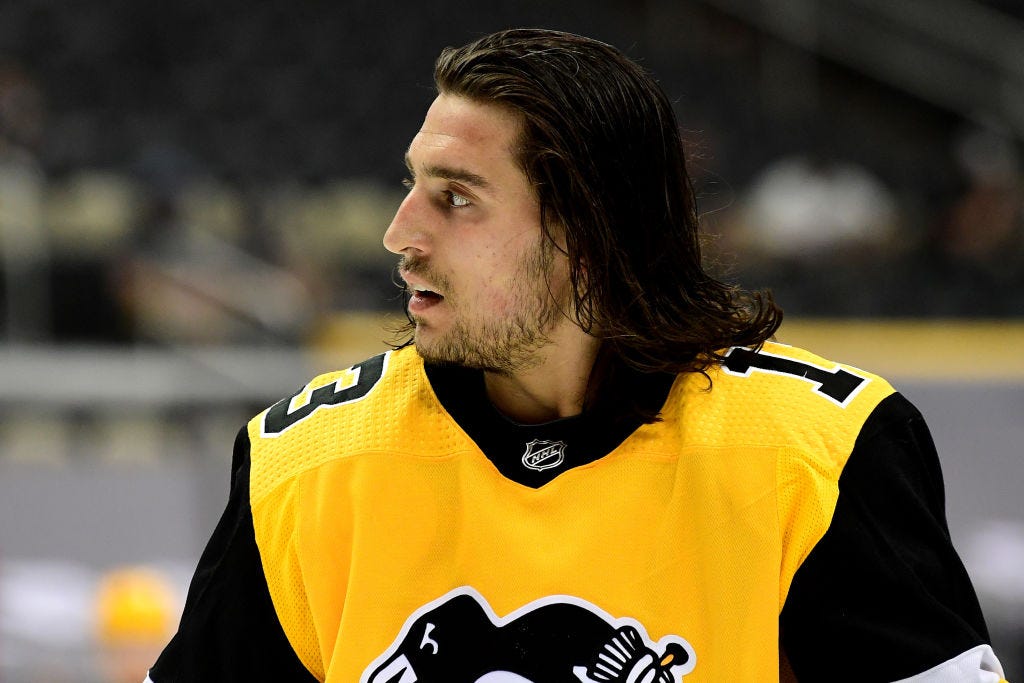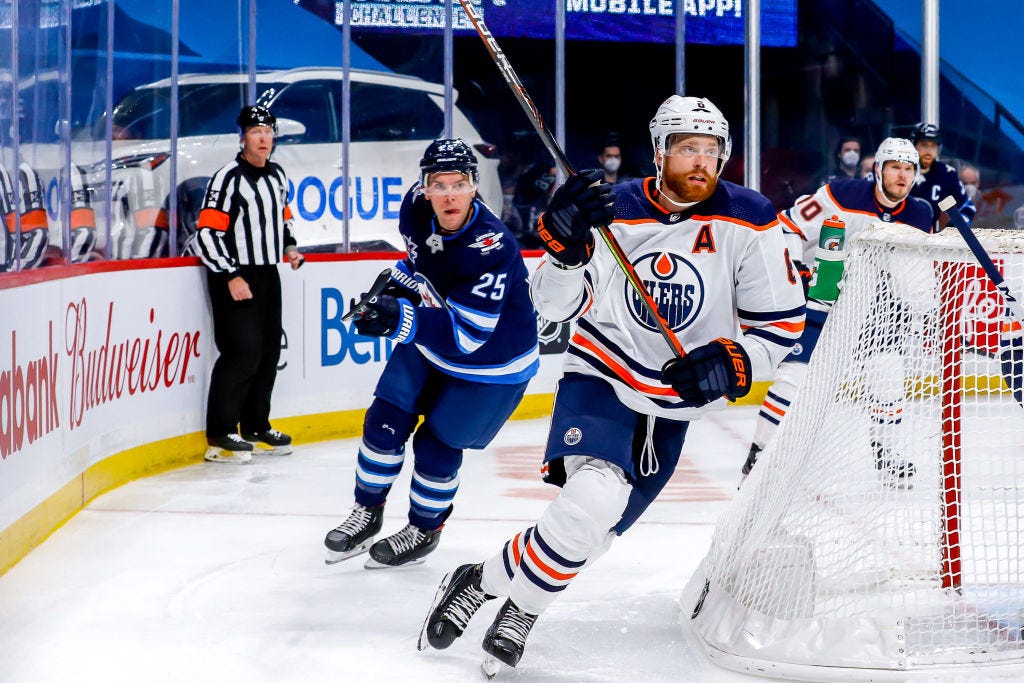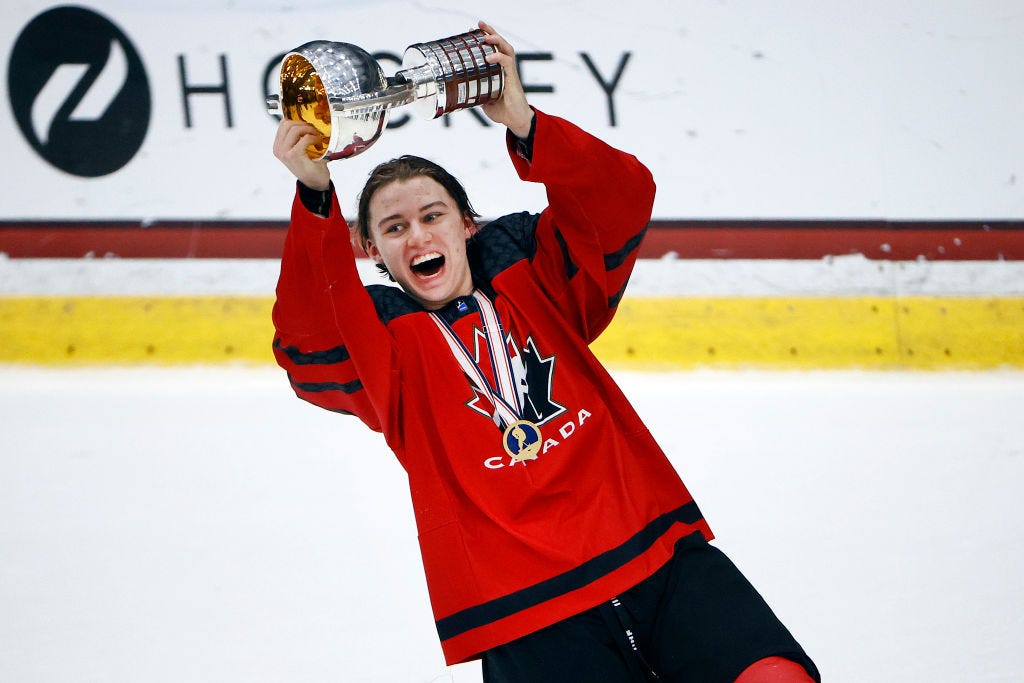Takeaways from the Kraken's expansion draft: Cap space is king
If you had any doubts about how important cap space is in the NHL, you shouldn't after you see the players the Seattle Kraken took in the expansion draft
Back in the halcyon days of 2017, my good pal and former colleague at The Hockey News, Matt Larkin, took a look at the Vegas Golden Knights’ opening night roster and predicted it would take them until Christmas to win 10 games. Just slightly off. The Golden Misfits went 8-1-0 out of the gate and registered their 10th victory on Nov. 10, a lot closer to Halloween than Christmas.
So it’s probably a mug’s game to look at the Seattle Kraken as they’re currently constituted and make any bold predictions of how they’re going to do in their first season in the NHL. But here’s a not-so-bold one: the Kraken will be pretty decent team that will focus on defense first and, despite its offensive shortcomings, compete for a playoff spot in the worst division in the NHL.
After two years of mock drafts and projections, the Kraken finally submitted their list of choices to the NHL on Wednesday. There were, to say the least, a few surprises. Who among us is not looking forward to an all-Fleury defense tandem next season? And there will be some additions as the summer goes on, perhaps some very large ones. But several themes have emerged from the Kraken’s picks:
Hockey Unfiltered with Ken Campbell is a reader-supported platform. Both free and paid subscriptions are available. Those who want to support my work are encouraged to take out a paid subscription.
THE KRAKEN ARE NOT THE GOLDEN KNIGHTS (AND THEY’RE NOT PRETENDING TO BE)
There’s no doubt GM Ron Francis wants to ice a competitive, playoff-caliber team in 2021-22, but if he were looking for players who would make an immediate and bigger impact, his selections would have been different. Much different. He would have taken James van Riemsdyk from the Philadelphia Flyers instead of Carsen Twarnyski, Jason Zucker from the Pittsburgh Penguins instead of Branden Tanev, Ryan Donato from the San Jose Sharks instead of Alex True, Nikita Zadorov from the Chicago Blackhawks instead of John Quenneville, anyone from the Los Angeles Kings instead of Kurtis MacDermid.
This constitutes an excellent reading of the market by Francis and others who run the Kraken. They resisted the temptation to build an instant contender despite the template set by Vegas. But Seattle is a much different hockey market than Vegas. There is a long and storied history of hockey at all levels in Seattle and fans there are almost certain to be more patient while the franchise builds.
It’s pretty clear the Kraken did not want to burden themselves with too many onerous contracts, which brings us to our next point…
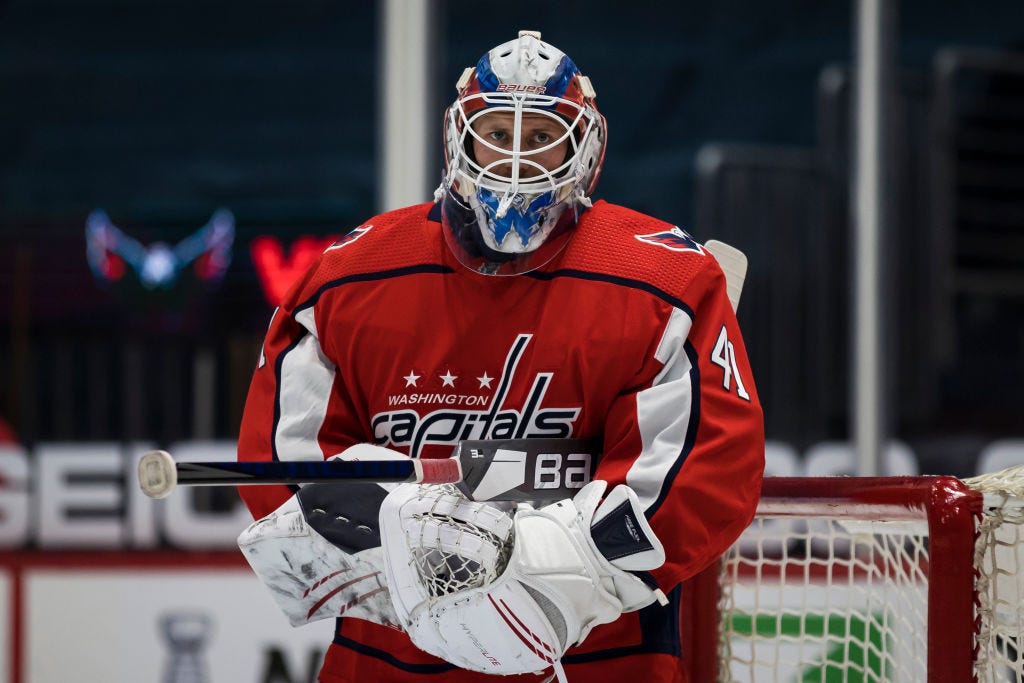
CAP SPACE IS KING
This has been case in the NHL basically ever since the salary cap came into existence, but in a flat-cap era, it’s even more important. Aside from a superstar on your roster, there might not be any more coveted commodity in the NHL today than cap space. And it looks as though the Kraken will have tons of it. The Kraken’s salary cap commitments stand at $52.66 million.
The Kraken have clearly decided to go the less expensive route with the expansion draft, which serves to keep their powder dry for bigger things. The side deals will allow them to add to their depth in the form of draft picks and/or prospects and the cap space will allow them to go after players bigger-money players through signings or trades.
THE KRAKEN WILL BE A DEFENSE-FIRST TEAM
Of the 12 defensemen who are believed to have been chosen by the Kraken, only three are right-shot defensemen and only one, Adam Larsson, is an everyday NHL player. So there’s obviously some work to do there. (Checks notes. Hey, Dougie Hamilton shoots right!) The Kraken won’t have an all-star defense corps, but they will likely be defined by their blueline group. Giordano and Larsson give the Kraken some veteran experience, while it appears Oleksiak is on the verge of figuring everything out and blossoming as a very good two-way NHL defenseman. Vince Dunn will take care of things offensively. There is some promising, but unguaranteed, youthful talent in the likes of the Fleury brothers and Will Borgen.
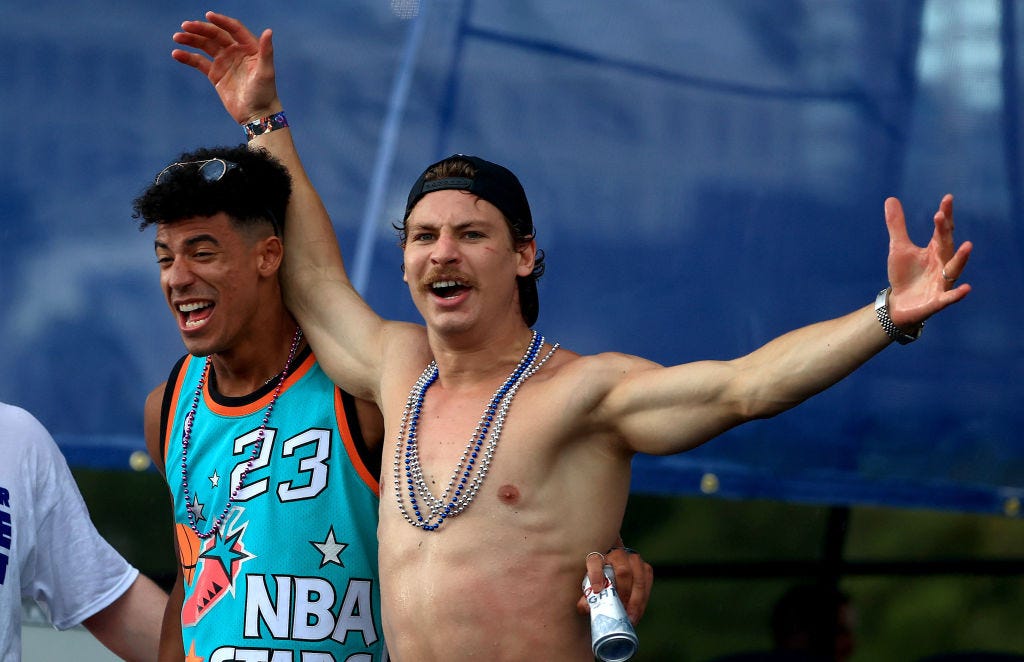
BUT THAT OFFENSE, THOUGH…
The 15 forwards believed to have been selected by the Kraken combined for 120 goals last season and the 12 defensemen added 34 goals. That gives a roster of 27 skaters a total of 154 goals, which would have put 10th-worst in the NHL last season. The good news is that of the seven other teams that will make up the Pacific Division next season, four of them had fewer than 154 goals last season and the Calgary Flames had 156.
Even though there were a few available, the Kraken did not pick a single player who had 20 goals last season. Their leading goalscorers from 2020-21 are Yanni Gourde and Joonas Donskoi, who each had 17, with Jordan Eberle next at 16. There will probably be a lot of 2-1 games from this team next season, but on which end of that score will the Kraken be more often?
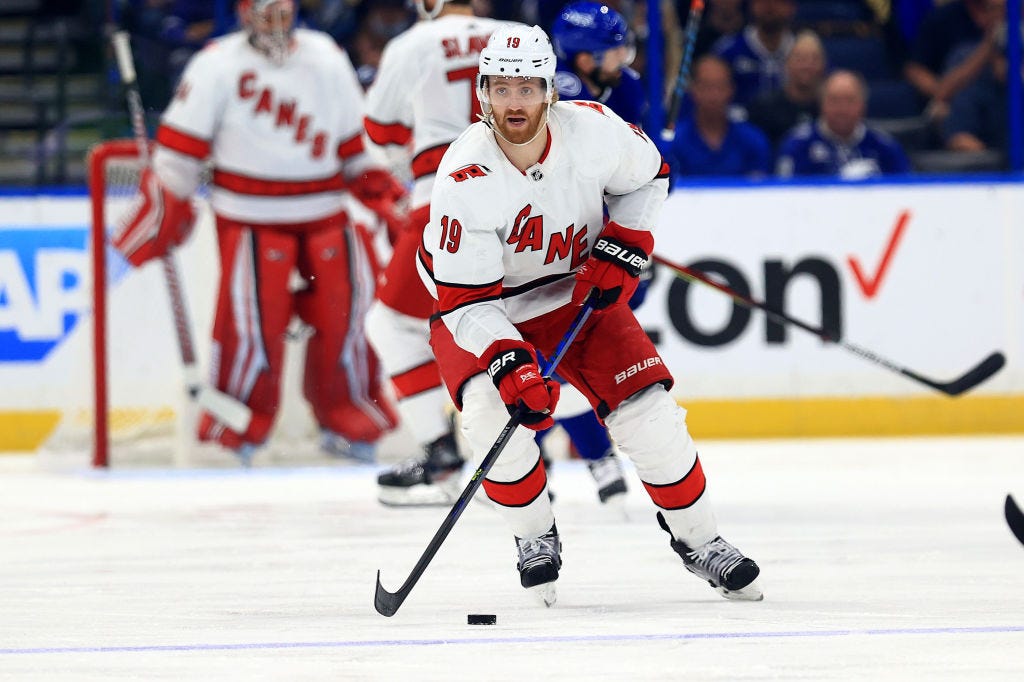
COULD THIS BE PART OF SOMETHING BIGGER?
We’ve already mentioned defenseman Hamilton, who is the crown jewel of unrestricted free agency. Not far behind, should the Colorado Avalanche not sign him before next week, is center Gabriel Landeskog. The Kraken will be flush with cap space and could easily afford, if they choose, to take very serious runs at both players. And they can afford to overpay them and outspend teams with less cap space. Or they could take some of the assets they’ve gained in side deals and make a trade for another big name on the trade market. It really feels as though this is not the roster we’re going to see on opening night.
THE GOALTENDING WILL BE PROMISING, BUT GREEN
Chris Driedger, Vitek Vanecek and Joey Daccord had 65 starts among them last season, with Driedger and Vanecek accounting for 59 of them. Driedger signed the three-year deal worth $3.5 million per season, but do not be surprised if Vanecek is their No. 1 goalie of both the present and the future. As it stands now, the Kraken will devote $4.97 million in cap space to goaltenders next season, which is less than half what the Montreal Canadiens have for Carey Price and the Florida Panthers devote to Sergei Bobrovsky.
Speaking of Price, the predication from this corner is that the Kraken are going to look back at this day and thank their lucky stars that they didn’t succumb to the temptation to select him. Price’s contract would have immediately put the Kraken into salary cap hell. Give them time for that. They’ll get there, just like every other team does.
IT’S ALL ABOUT THE FUTURE
As we mentioned, the Kraken are unlikely to be the Golden Knights 2.0. But they won’t be the (expansion) Washington Capitals 2.0, either. But depending on the futures they’ve received, they could be building assets for the 2022 and 2023 drafts, which are thought to be much deeper than this year’s event. If they really tank in the next two seasons, Shane Wright is available in 2022 and Connor Bedard in 2023.


